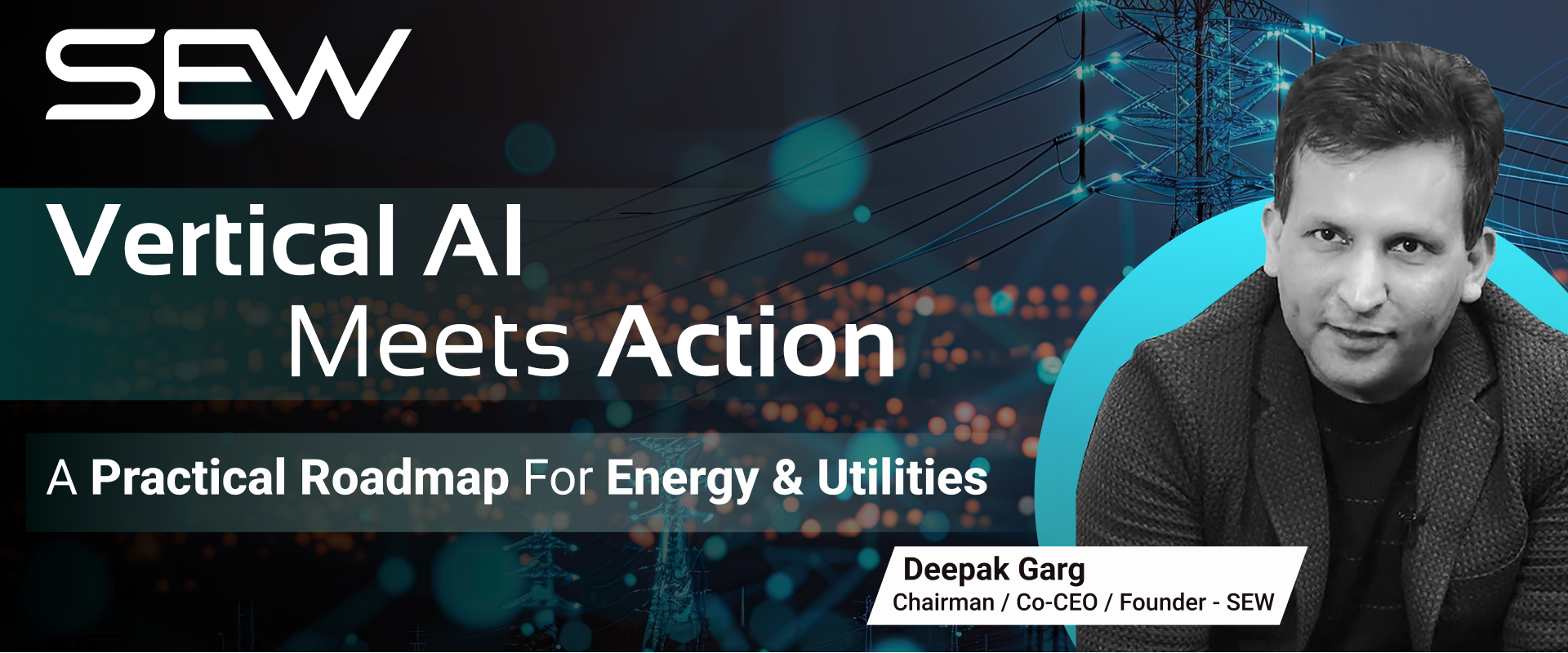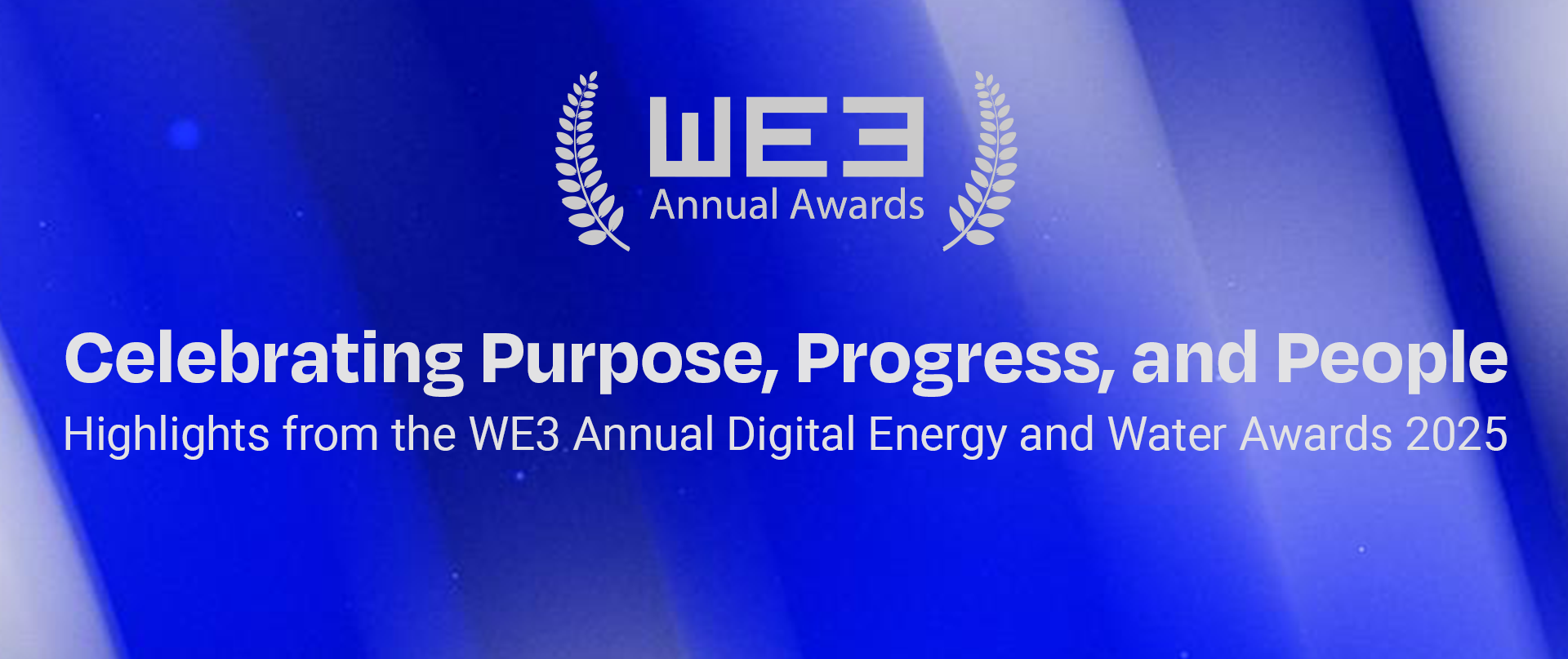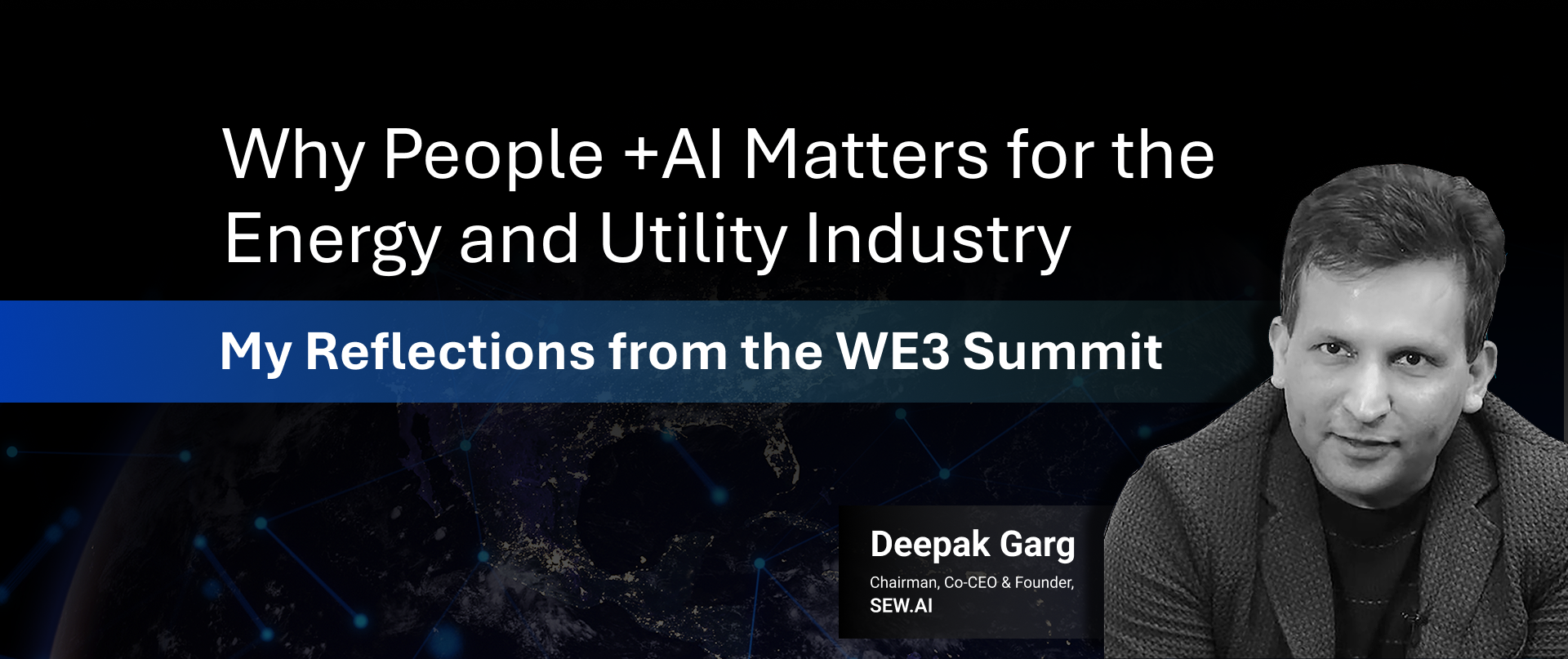Master Blog
Vertical AI Meets Action: A Practical Roadmap For Energy And Utilities

We all know that AI has been touted as the future of energy and water for years, yet the hard truth is that most utilities are in pilot mode—stuck between vision and execution.
The industry is drowning in white papers, panel discussions and high-level strategy decks. On the other hand, the real-world challenges of grid instability, resource optimization and resilience grow more urgent.
It’s time we cut through the noise and get serious about vertical AI—industry-specific, connected intelligence that delivers measurable and long-term impact.
From AI Hype To Practice And Execution
Now, we must shift gears from discussion to action.
The success of vertical AI will come when it starts being more than running isolated tests. We must start embedding AI into everyday workflows, solving problems holistically and ensuring it integrates seamlessly across customer engagement, field operations, grid assets and service support.
Eventually, the time of siloed systems will be over; the future will belong to connected, intelligent platforms working in unison.
But what are our immediate priorities right now?
- Vertical AI As The Nerve Center: A utility’s intelligence is only as strong as the system connecting it. Legacy systems are full of isolated and pointed solutions that need to make way for connected digital platforms that synchronize every function—ensuring real-time insights and adaptive operations.
- Connected Experiences: Disconnected customer portals, isolated field service systems and fragmented grid are ready to be taken over. A vertical AI-driven platform ecosystem takes these elements into one seamless end-to-end experience, where customer, workforce and grid intelligence synergize with one another in real time. This isn’t just integration—it’s transformation.
- Empowering The Workforce With Smart Decisioning: The best AI isn’t about replacing human expertise—it’s about making it sharper and impactful. Field technicians and customer service agents should have an AI platform as an aide.
The Next Five Years Will See Vertical AI As The New Business Foundation
This conversation isn’t about trial runs—it’s about leveraging vertical AI where it matters the most, alongside people at the heart of the transformation.
It isn’t just a tech upgrade; it’s an operational, cultural and leadership transformation. Here are the main areas where I foresee an incoming fundamental shift:
- An Autonomous And Intelligent Grid: In the next five years, I believe vertical AI will enable grids capable of self-diagnosing and self-balancing. Think about grid failures that will be anticipated and prevented, as well as AI-driven decision engines that can dynamically balance loads and seamlessly integrate DERs, battery storage and demand-side flexibility without much manual intervention.
- Operations Reinvented: Again, AI isn’t just for analytics or automation; it’s redefining how utilities operate at every level, from macro to micro.
I believe we will soon arrive at a stage where predictive maintenance will minimize downtime by identifying and resolving issues. AI-driven asset management will optimize infrastructure investments. Grid operations will shift from reactive to predictive. Every process—from outage management to field crew dispatch—will be guided by real-time AI insights and recommend next best actions.
Vertical AI will be the primary driver, with utilities moving beyond broad efficiency targets to hyper-personalized, AI-led optimizations at every touchpoint. AI-powered platforms will empower customers with real-time energy and water insights, usage predictions and personalized efficiency strategies.
Beyond that, decentralized models like peer-to-peer energy trading and community energy networks will emerge, allowing customers to buy, sell or store energy in dynamic markets, fundamentally shifting the role of utilities.
People Will Remain At The Core Of Vertical AI Execution
All of this said, AI isn’t a silver bullet. It’s an intelligent tool that has to be wielded with strategy and intent. Even for this tool, the real challenge isn’t the technology—it’s execution. As of today, utilities need the right people, skills and cultural shifts to truly leverage vertical AI.
If you're ready to embrace this change, start with the following:
- Narrow The AI-Human Gap: Utilities must invest in upskilling their workforce, ensuring employees—from field crews to customer service reps—understand and trust AI-driven recommendations. This will require leadership buy-in, workforce training and an accelerated approach to decision making.
- Lower Guards And Break Resistance: Let’s face it. AI adoption often faces pushback due to fear or resistance to new workflows. We must foster a culture of innovation, with transparency, education and hands-on training.
- Execution Has To Be A Priority: Strategy alone never drives impact—execution does. Utilities need cross-functional teams that can bridge gaps, whether across IT, operations or customer engagement, for seamless implementation. Pilot programs must transition into full-scale deployments, and outcomes must be measured in real-world impact, not just theoretical efficiencies.
Scaling AI’s Impact With Trustworthy Partnerships
I'm not talking about isolated progress. It’s about collective intelligence, which will happen when utilities, technology providers, regulators and communities work together.
We also need to share and learn from utility AI implementation projects—what’s worked, what hasn’t and what lessons can drive broader adoption. When one utility finds success in vertical AI, whether across customers, the grid or its field workforce, others should build on that knowledge rather than starting from scratch. Case studies could turn into roadmaps, and best practices could fuel the next wave of scale.
Coming Full Circle: From Vision To Execution
I started with a simple truth—AI has been stuck in pilot mode for too long. The future isn’t about exploring possibilities; it’s about making them real. Vertical AI isn’t just a tool; it’s the backbone of a new, connected and intelligent energy and water ecosystem. But technology alone won’t get us there. Success will come from people driving action, from partnerships amplifying impact and from a shared commitment to execution over experimentation.
The question isn’t whether AI will define utilities—it’s who will define AI’s role in shaping the future of energy and water.
Originally Hosted on Forbes : Vertical AI Meets Action: A Practical Roadmap For Energy And Utilities






